Last updated on March 29th, 2023 at 07:11 pm
Let’s face it the grocery store can be such a confusing, intimidating, and stressful environment when switching over to a real food diet. However, knowing what to look for and how to navigate the store can significantly impact your experience and motivation to get or stay healthy.
You become healthy by mastering your cart – you are in charge. Therefore, you get to determine how you spend your hard-earned money and what makes it into your home and pantry.
Ideally, it would be great to shop at the farmer’s market or our local farms. But, large pockets of the United States still need direct access to both. Again, this is where the grocery store comes in, and learning where to look for all the real food options is the ultimate game-changer. When sourcing your real food, do your best with what you have available.
So how do you master your cart when eating a real food diet? It’s really simple – let’s dive in.
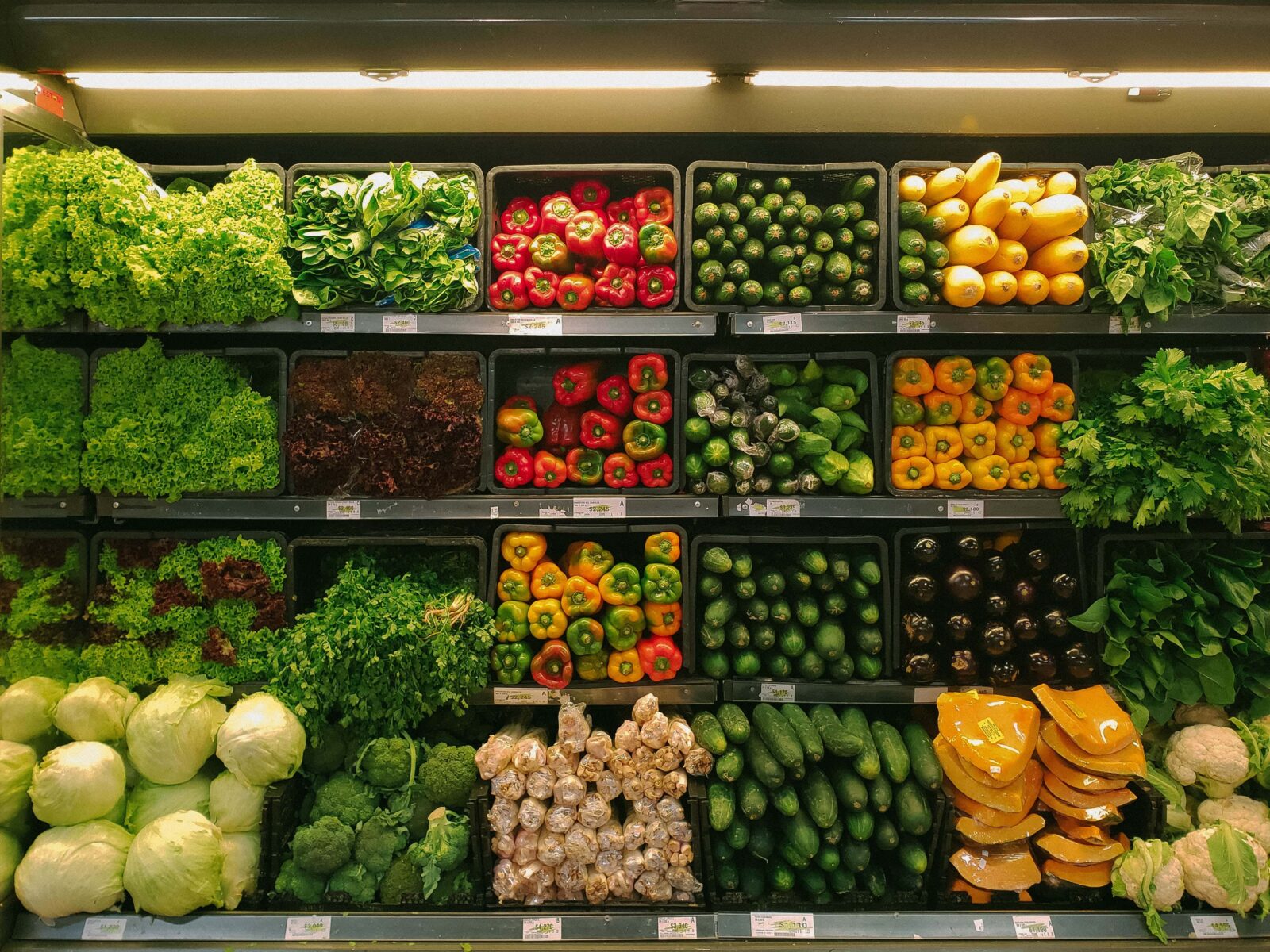
What to look for when navigating the grocery store for a real food diet
Produce
If at all possible, go for organic
It will be ideal if you buy most, if not all, of your produce organic. Still, sometimes there are limited options; in this case, eating real food (even though it’s not organic) will still serve you better than highly processed foods. Suppose only some organic produce is feasible due to financial strain. In that case, using the Environmental Working Group’s “Dirty Dozen” list to prioritize which fruits and vegetables to buy organic. Also, this list provides information on all produce items heavily sprayed with herbicides and pesticides. For example, the 2020 dirty dozen list includes the following:
- strawberries
- spinach
- kale
- nectarines
- apples
- grapes
- peaches
- cherries
- pears
- tomatoes
- celery
- potatoes
- hot peppers
Meats, seafood, and poultry
Find wild-caught, grass-fed and finished, or 100% pastured
Seafood: look for sustainably sourced, wild-caught, and preservative-free seafood—sustainable means fishing in a way that doesn’t harm the environment.
Meat: find farms that practice restorative agriculture and treat animals humanely. In brief, you want your meat to be grass-fed and grass-finished. Meaning the animals ate a natural diet free of soy, grains, and corn.
Poultry: always look for farms that practice restorative agriculture and treat animals humanely. In short, you want pastured chicken. This means the chickens were never given any antibiotics or hormones and could eat their natural diet of roaming outdoors, eating bugs and foliage from the ground.
Eggs and Diary
Look for organic, pastured, 100% grass-fed, and or raw
Organic – means the animal was never given antibiotics or hormones.
Pastured – the animal was not in a cage and could roam in the pasture, eating bugs and other foliage on the ground.
Dairy – make sure it says 100% grass-fed. Optimally, you want to get raw dairy or cultured dairy.
Always avoid homogenized milk or milk that has added “vitamins.”
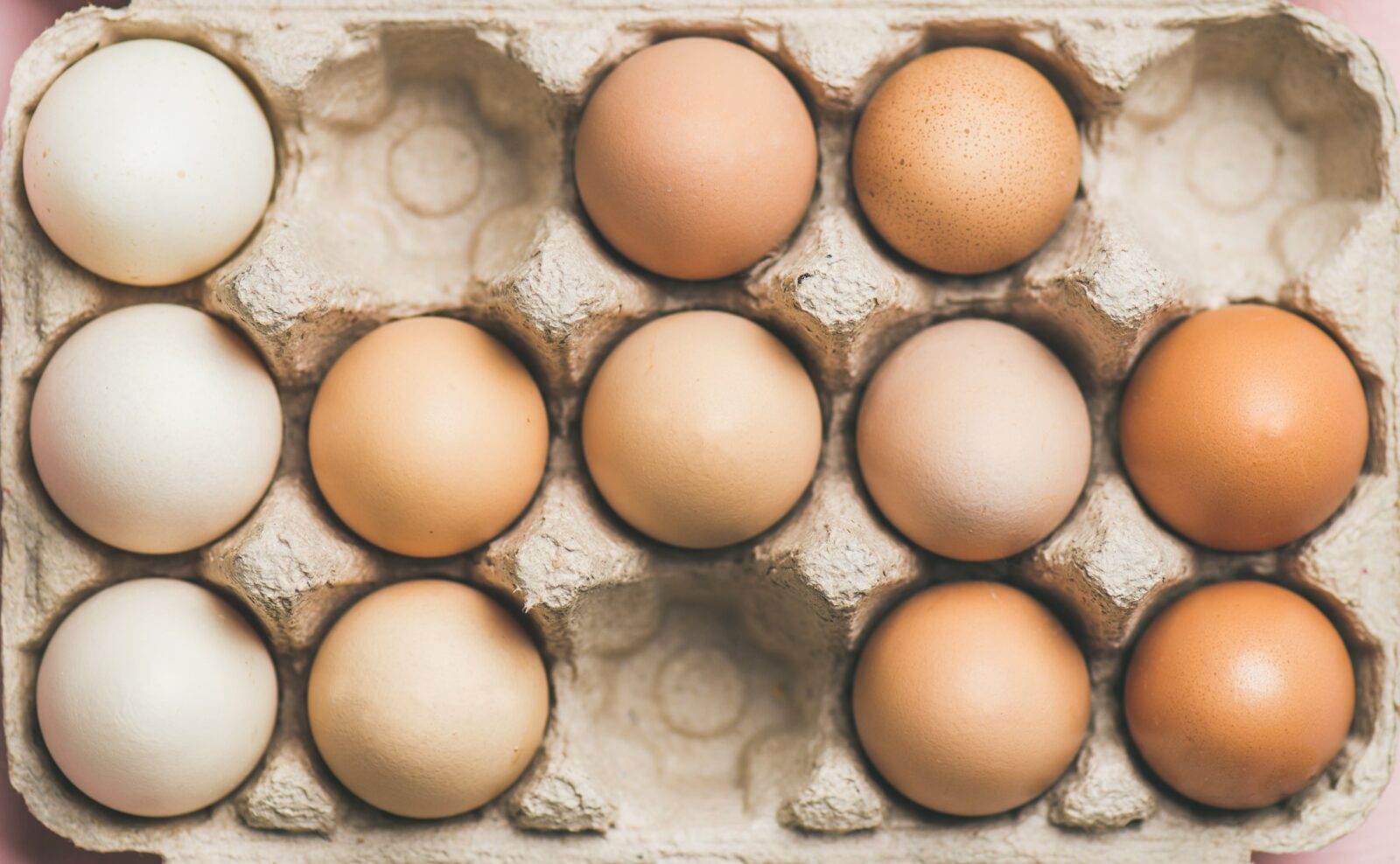
Ingredients to stay clear of:
Artificial sweeteners are sucralose, aspartame, high fructose corn syrup, and corn syrup.
Trans fats and hydrogenated oils – canola, cottonseed, vegetable oil, etc.
Artificial preservatives – BHT, BHA, etc.
Nitrates – sodium nitrate, sodium nitrite
Artificial dyes – red 40, yellow 5, etc.
Always look for ingredients you know/recognize and read the labels:
- Make sure that you recognize the ingredients and know what they are – I like to aim for six or fewer ingredients for the occasional packaged food.
- Look at the sugar content – buy packaged items with <5g of added sugar.
- A certified non-GMO label, primarily when the product is a known GMO crop
- Certified organic – mainly if the product contains ingredients from the dirty dozen list.
Another helpful tip – stay on the outside perimeter of the grocery store.
Only go into the aisles for necessary or more cost-effective items such as frozen organic fruit for smoothies, frozen wild-caught seafood, dried beans, rice, nuts, and seeds that you will prepare properly.
Resources for further learning:
– Getting started with real food
– The Real Food Kitchen: Deciphering Food Labels
Disclaimer: This post is not intended to provide medical advice, diagnosis, or treatment and is for educational purposes only.
*****
For pantry staples at discounted prices, check out Thrive Market and save 40% off your first order!
*****
If you need quality grass-fed and pastured raised meats, check out Butcher Box and save $30 on your first box!
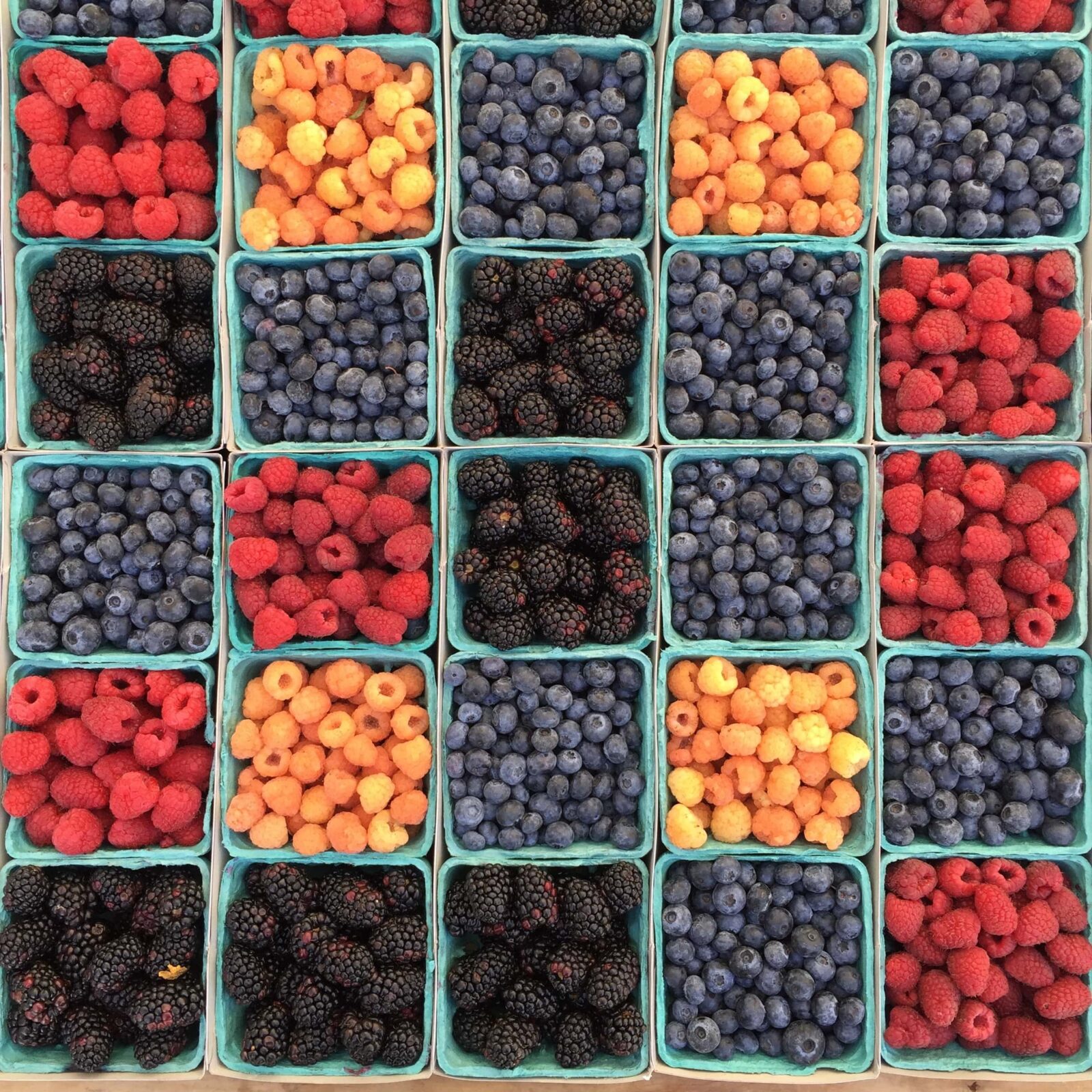

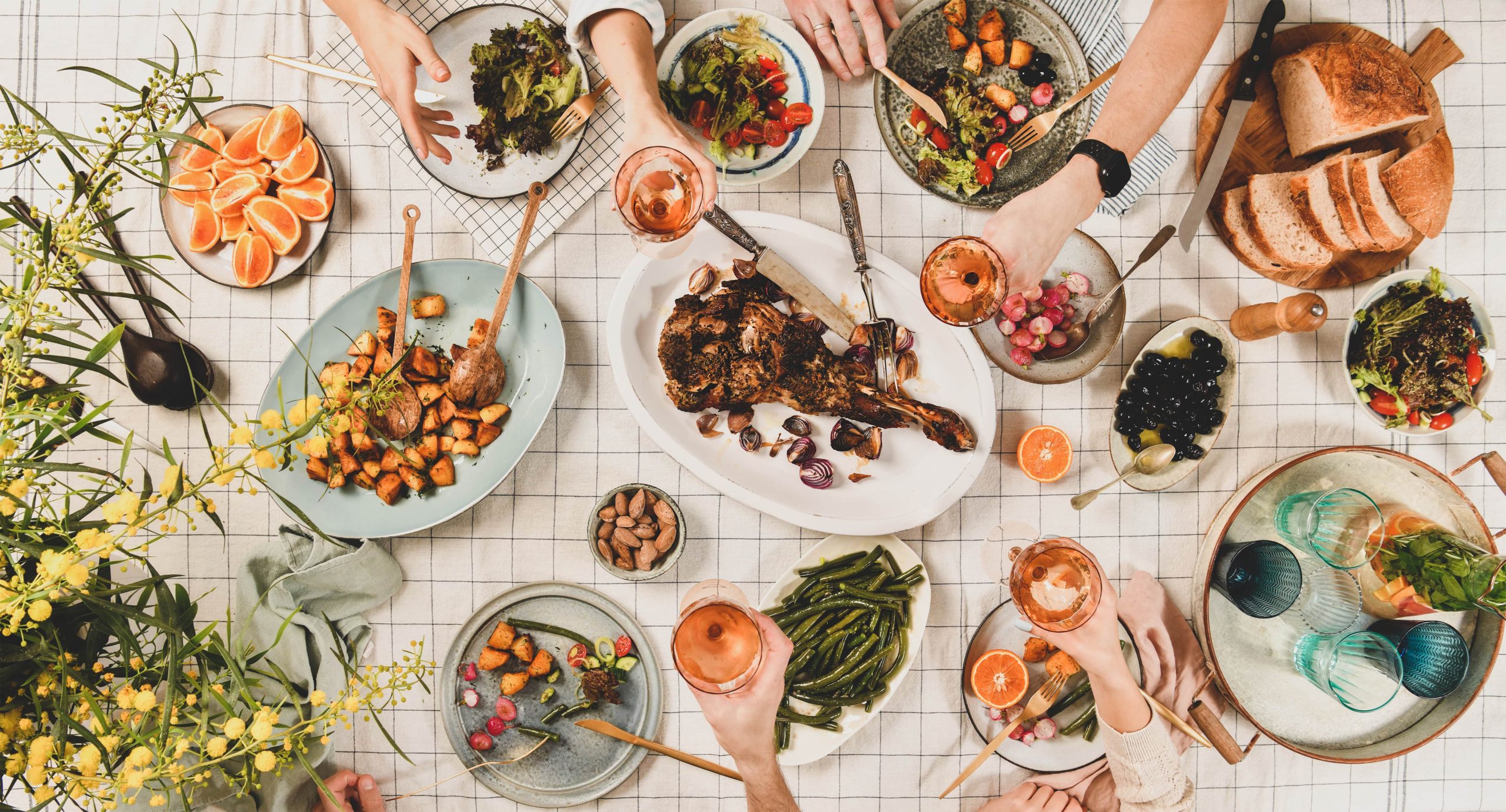

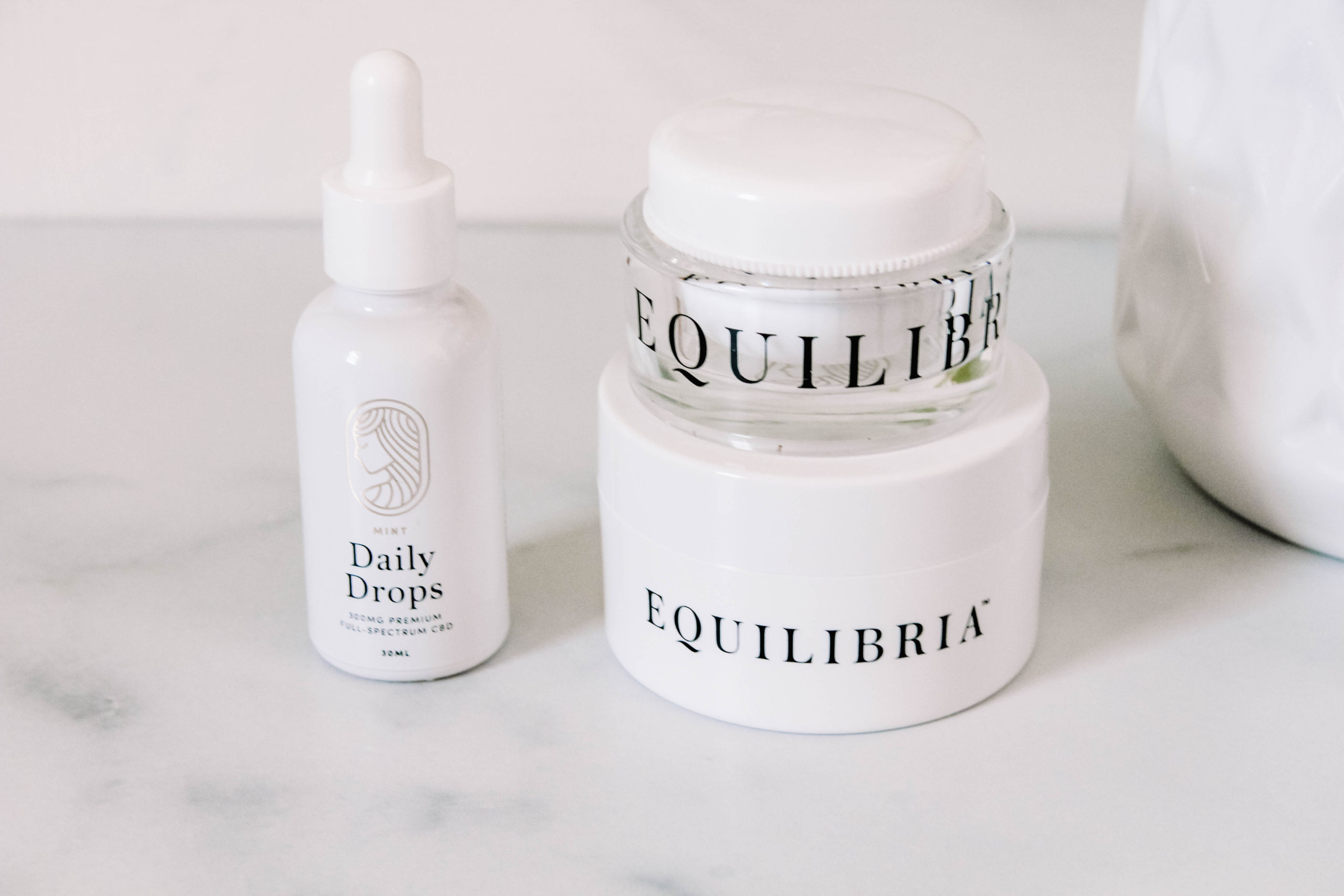
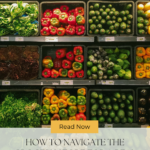
+ view comments